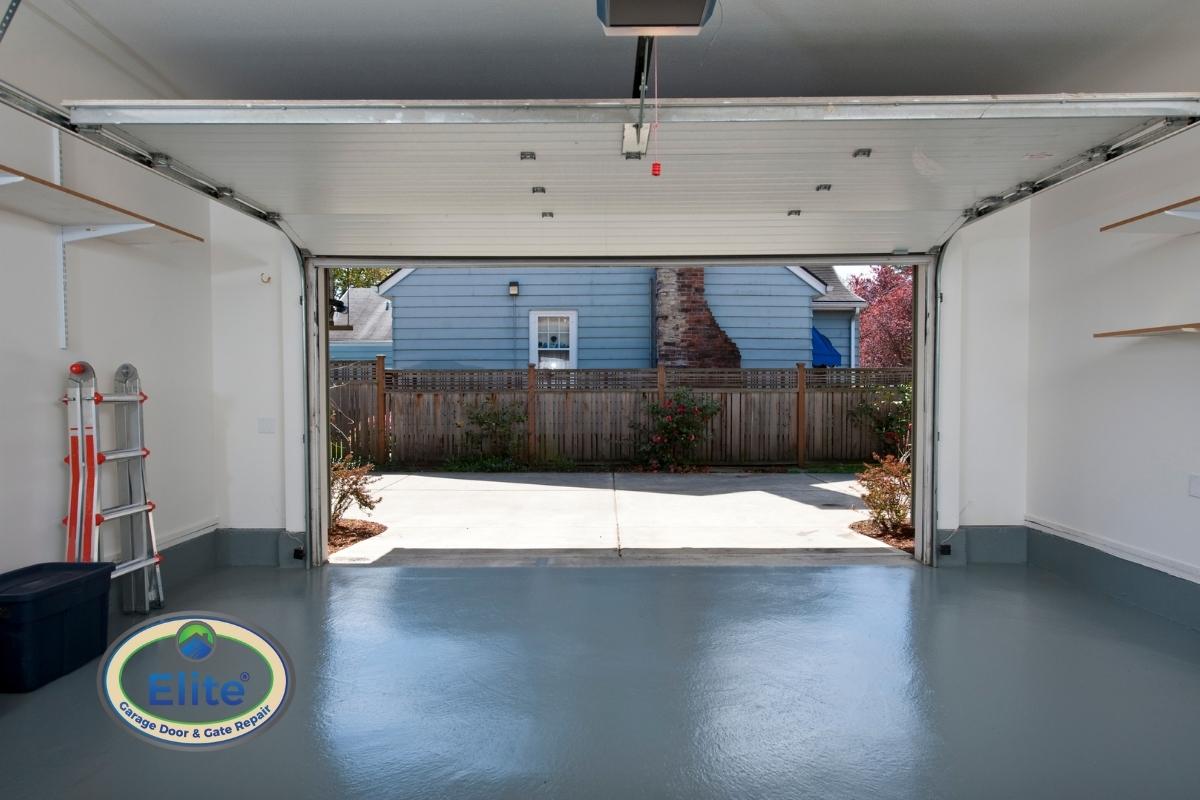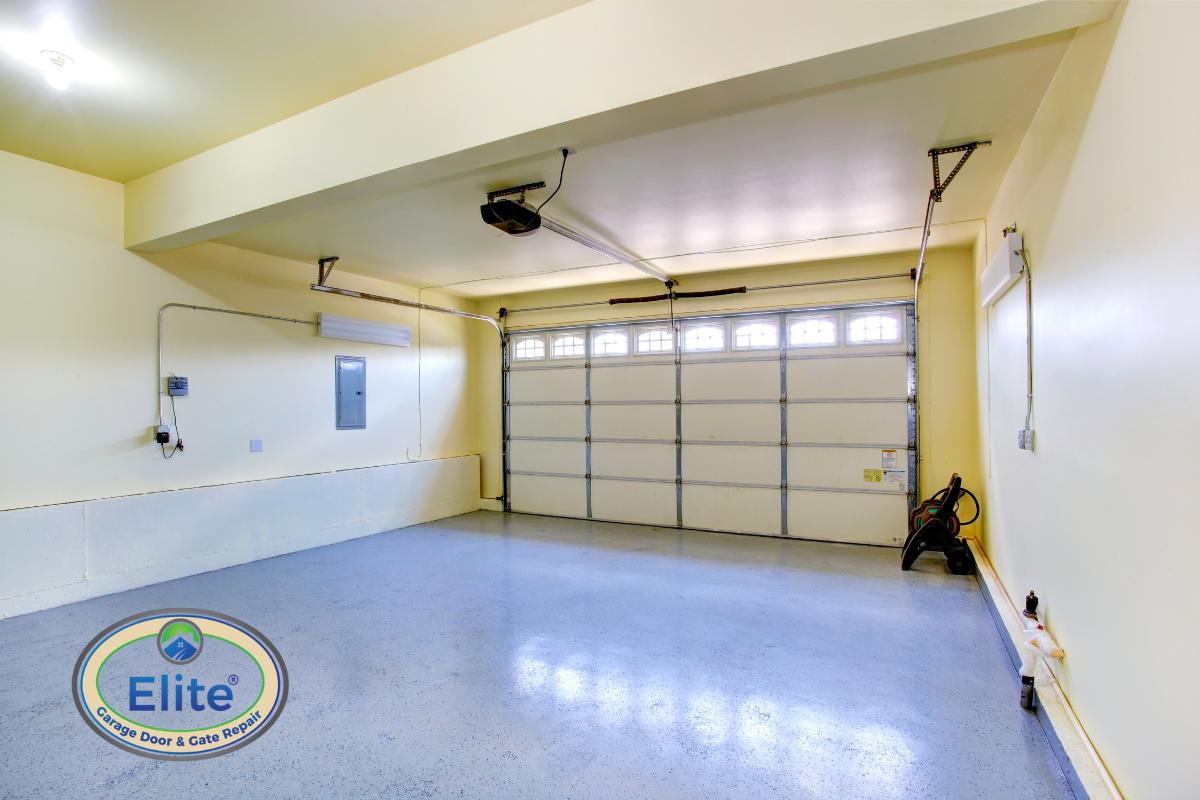Garage door balance is critical to ensuring smooth and safe operation. When a garage door is properly balanced, the weight of the door is evenly distributed, allowing it to open and close smoothly without putting excessive strain on the opener mechanism or causing premature wear on components.
A balanced garage door is also safer, reducing the risk of sudden movements or malfunctions that could lead to accidents or injuries.
Table of Contents
Signs of an Imbalanced Garage Door
Before attempting to balance your garage door, it’s essential to recognize the signs of imbalance. Common indicators include:
- The door feels heavy or difficult to lift manually.
- The door moves unevenly or jerks during operation.
- The door doesn’t stay in place when partially open but instead falls or rises unexpectedly.
- The opener struggles to lift or lower the door, emitting unusual noises or vibrations in the process.
If you notice any of these signs, it’s crucial to address the issue promptly to prevent further damage to the door and opener mechanism.

Signs of an Imbalanced Garage Door
Steps to Balance Your Garage Door Safely
Balancing a garage door requires precision and caution to ensure proper alignment and operation. Here are the steps to follow:
- Disconnect the opener: Start by disconnecting the garage door opener from the power source to prevent accidental activation during the balancing process.
- Test the door: Close the garage door manually and observe its movement. If the door feels heavy or doesn’t move smoothly, it may be out of balance.
- Adjust the tension springs: Most garage doors are equipped with tension springs located above the door on either side. Use a winding bar to adjust the tension on the springs, tightening or loosening them as needed to achieve proper balance. Be sure to follow manufacturer guidelines and safety precautions when adjusting spring tension.
- Test the balance: After adjusting the tension springs, manually open and close the garage door several times to test its balance. The door should move smoothly and stay in place when partially open without drifting or sagging.
- Fine-tune the adjustments: If the door is still not balanced, make small adjustments to the tension springs until the desired balance is achieved. It may take several attempts to achieve the perfect balance, so be patient and persistent.
- Reconnect the opener: Once the garage door is properly balanced, reconnect the opener to the power source and test its operation. The opener should lift and lower the door smoothly without straining or making excessive noise.
Regular Maintenance to Preserve Balance
Maintaining balance is an ongoing process that requires regular Inspection and Maintenance. Here are some tips to preserve the balance of your garage door:
- Inspect the springs and hardware regularly for signs of wear or damage, such as fraying cables, rusted springs, or loose bolts.
- Lubricate moving parts, including rollers, hinges, and springs, to reduce friction and prevent premature wear.
- Clean the tracks and rollers periodically to remove dirt, debris, and buildup that could impede the door’s movement.
- Schedule professional maintenance annually to ensure that your garage door remains in optimal condition and balance.

Regular Maintenance to Preserve Balance
Bottom Line
Ensuring that your garage door is balanced correctly is essential for smooth operation, longevity, and safety. By understanding the signs of imbalance, following proper adjustment techniques, and performing regular maintenance, you can preserve the Balance Of Your Garage Door and enjoy reliable performance for years to come.
If you’re unsure about balancing your garage door, don’t hesitate to contact a professional technician for assistance.













Leave A Comment